Preface
The Open Group
The Open Group is a global consortium that enables the achievement of business objectives through technology standards. Our diverse membership of more than 600 organizations includes customers, systems and solutions suppliers, tools vendors, integrators, academics, and consultants across multiple industries.
The Open Group aims to:
- Capture, understand, and address current and emerging requirements, and establish policies and share best practices
- Facilitate interoperability, develop consensus, and evolve and integrate specifications and open source technologies
- Operate the industry’s premier certification service
Further information on The Open Group is available at www.opengroup.org.
The Open Group publishes a wide range of technical documentation, most of which is focused on development of Open Group Standards and Guides, but which also includes white papers, technical studies, certification and testing documentation, and business titles. Full details and a catalog are available at www.opengroup.org/library.
The TOGAF® Standard, a Standard of The Open Group
The TOGAF standard is a proven enterprise methodology and framework used by the world’s leading organizations to improve business efficiency.
This Document
This document is a TOGAF® Series Guide to the TOGAF Integrated Information Infrastructure Reference Model (III-RM). It has been developed and approved by The Open Group.
For more than 15 years, The Open Group has been acting on a vision of Boundaryless Information Flow™, achieved through global interoperability in a secure, reliable, and timely fashion.
For too long, IT customers have had to pay for the failure of IT suppliers to get their products to work together effectively. To avoid negatively impacting business, IT customers have often had no choice but to pay for “integration services” that simply consume development budget today and increase maintenance costs down the road.
To further this aim, in 2001-2, The Open Group developed a business scenario[1] that described the problem caused by the lack of interoperability.
The Integrated Information Infrastructure Reference Model (III-RM) demonstrates an architected approach to enable Boundaryless Information Flow.
This document describes the III-RM in terms of its concepts, an overview, and its detailed taxonomy.
This Guide is structured as follows:
- Chapter 1 (Overview) examines the concept of Boundaryless Information Flow; why an integrated information infrastructure is necessary to enable it; and how the III-RM can help the architect in designing an integrated information infrastructure for their enterprise
- Chapter 2 (High-Level View) provides a high-level view of the III-RM, including derivation of the model, high-level graphic, and components
- Chapter 3 (Detailed Taxonomy) provides a detailed taxonomy of the III-RM, including detailed graphic, platform service categories, and external environment sub-entities
Status of This Document
This Guide is a historical record of the model developed in 2002. The underlying principles of Boundaryless Information Flow and the III-RM remain sound, but the detailed taxonomy described in Chapter 3 is no longer complete or representative of the IT landscape in 2017.
About the TOGAF® Series Guides
The TOGAF® Series Guides contain guidance on how to use the TOGAF framework. They form part of the TOGAF Body of Knowledge.
The TOGAF® Series Guides are expected to be the most rapidly developing part of the TOGAF document set. While the TOGAF framework is expected to be long-lived and stable, guidance on the use of the TOGAF framework can be industry, architectural style, purpose, and problem-specific. For example, the stakeholders, concerns, views, and supporting models required to support the transformation of an extended enterprise may be significantly different than those used to support the transition of an in-house IT environment to the cloud; both will use the Architecture Development Method (ADM), start with an Architecture Vision, and develop a Target Architecture on the way to an Implementation and Migration Plan. The TOGAF framework remains the essential scaffolding across industry, domain, and style.
Trademarks
ArchiMate®, DirecNet®, Making Standards Work®, OpenPegasus®, Platform 3.0®, The Open Group®, TOGAF®, UNIX®, UNIXWARE®, and the Open Brand X® logo are registered trademarks and Boundaryless Information Flow™, Build with Integrity Buy with Confidence™, Dependability Through Assuredness™, Digital Practitioner Body of Knowledge™, DPBoK™, EMMM™, FACE™, the FACE™ logo, IT4IT™, the IT4IT™ logo, O-DEF™, O-PAS™, Open FAIR™, Open O™ logo, Open Platform 3.0™, Open Process Automation™, Open Trusted Technology Provider™, SOSA™, and The Open Group Certification logo (Open O and check™) are trademarks of The Open Group.
All other brands, company, and product names are used for identification purposes only and may be trademarks that are the sole property of their respective owners.
Acknowledgements
The Open Group gratefully acknowledges past and present members of The Open Group Architecture Forum for their contribution in the development of this Guide.
The following documents are referenced in this Guide.
- Interoperable Enterprise, Business Scenario (K022), October 2002, published by The Open Group; refer to: www.opengroup.org/library/k022
- The TOGAF® Technical Reference Model, TOGAF Series Guide (G175), September 2017, published by The Open Group; refer to: www.opengroup.org/library/g175
- The TOGAF® Standard, Version 9.2, a standard of The Open Group (C182), published by The Open Group, April 2018; refer to: www.opengroup.org/library/c182
1.1 Background
With the emergence of Internet-based technologies and cloud computing, the main focus of attention for many organizations, and the main return on investment in architecture effort, has shifted from only being Application Platform space to include Application Software. The TOGAF Technical Reference Model, described in the TOGAF Technical Reference Model (TRM) Guide,[2] focuses on the Application Platform space.
This Guide describes a reference model that focuses on the Application Software space, and “Common Systems Architecture” in Enterprise Continuum terms. This is the Integrated Information Infrastructure Reference Model (III-RM).
The III-RM is a subset of the TOGAF TRM in terms of its overall scope, but it also expands certain parts of the TRM – in particular, the Business Applications and Infrastructure Applications parts – in order to provide help in addressing one of the key challenges facing the Enterprise Architect today: the need to design an integrated information infrastructure to enable Boundaryless Information Flow™. These concepts are explained in detail below.
This introductory section examines the concept of Boundaryless Information Flow; why an integrated information infrastructure is necessary to enable it; and how the III-RM can help the architect in designing an integrated information infrastructure for their enterprise.
1.2 Components of the Model
Like the TOGAF TRM, the III-RM has two main components:
- A taxonomy, which defines terminology, and provides a coherent description of the components and conceptual structure of an integrated information infrastructure
- An associated III-RM graphic, which provides a visual representation of the taxonomy, and the inter-relationship of the components, as an aid to understanding
The III-RM model assumes the underlying existence of a computing and network platform, as described in the TRM; these are not depicted in the III-RM model.
1.3 Relationship to Other Parts of the TOGAF Framework
The relationship of the III-RM to the TRM is explained in Section 2.1.
Although the III-RM is intended as a useful tool in the execution of the TOGAF Architecture Development Method (ADM), it is important to emphasize that the ADM is in no way dependent on the use of the III-RM (any more than it is dependent on use of the TRM). Other taxonomies and reference models exist in this space that can be used in conjunction with the ADM, and indeed may be preferable for some organizations.
1.4 Key Business and Technical Drivers
1.4.1 Problem Space: The Need for Boundaryless Information Flow
The Boundaryless Information Flow problem space is one that is shared by many customer members of The Open Group, and by many similar organizations worldwide. It is essentially the problem of getting information to the right people at the right time in a secure, reliable manner, in order to support the operations that are core to the extended enterprise.
In General Electric, Jack Welch invented the term "the Boundaryless Organization", not to imply that there are no boundaries, but that they should be made permeable.
Creating organizational structures that enabled each individual department to operate at maximum efficiency was for a long time accepted as the best approach to managing a large enterprise. Among other benefits, this approach fostered the development of specialist skills in staff, who could apply those skills to specific aspects of an overall activity (such as a manufacturing process), in order to accomplish the tasks involved better, faster, and cheaper.
As each overall activity progressed through the organization, passing from department to department (for example, from Design to Production to Sales), each department would take inputs from the previous department in the process, apply its own business processes to the activity, and send its output to the next department in line.
In today's world where speed, flexibility, and responsiveness to changing markets make all the difference between success and failure, this method of working is no longer appropriate. Organizations have been trying for some time to overcome the limitations imposed by traditional organization structures. Many business process re-engineering efforts have been undertaken and abandoned because they were too ambitious, while others cost far more in both time and money than originally intended.
However, organizations today recognize that they need not abandon functional or departmental organization altogether. They can enable the right people to come together in cross-functional teams so that all the skills, knowledge, and expertise can be brought to bear on any specific problem or business opportunity.
But this in turn poses its own challenges. CIOs are under enormous pressure to provide access to information to each cross-functional team on an as-required basis, and yet the sources of this data can be numerous and the volumes huge.
Even worse, the IT systems, which have been built over a period of 20 or 30 years at a cost of many billions of dollars, and are not about to be thrown out or replaced wholesale, were built for each functional department. So although it may be possible to get people to work together effectively (no minor achievement in itself), the IT systems they use are designed to support the old-style thinking. The IT systems in place today do not allow for information to flow in support of the boundaryless organization. When they do, then we will have Boundaryless Information Flow.
1.4.2 Solution Space: The Need for Integrated Information Infrastructure
The Open Group Interoperable Enterprise Business Scenario, originally published in 2002, crystallized this need for Boundaryless Information Flow and described the way in which this need drives IT customers’ deployment of their information infrastructure.
In this scenario, the customer’s problem statement says that I (as the customer enterprise) could gain significant operational efficiencies and improve the many different business processes of the enterprise – both internal processes, and those spanning the key interactions with suppliers, customers, and partners – if only I could provide my staff with:
- Integrated information so that different and potentially conflicting pieces of information are not distributed throughout different systems
- Integrated access to that information so that staff can access all the information they need and have a right to, through one convenient interface
The infrastructure that enables this vision is termed the “integrated information infrastructure”.
As an example, one current approach to integrated information infrastructure is to provide “enterprise portals” that allow integrated access to information from different applications systems enterprise-wide, via a convenient, web-enabled interface (one of the colored segments in the ends of the cylinder in Figure 1).
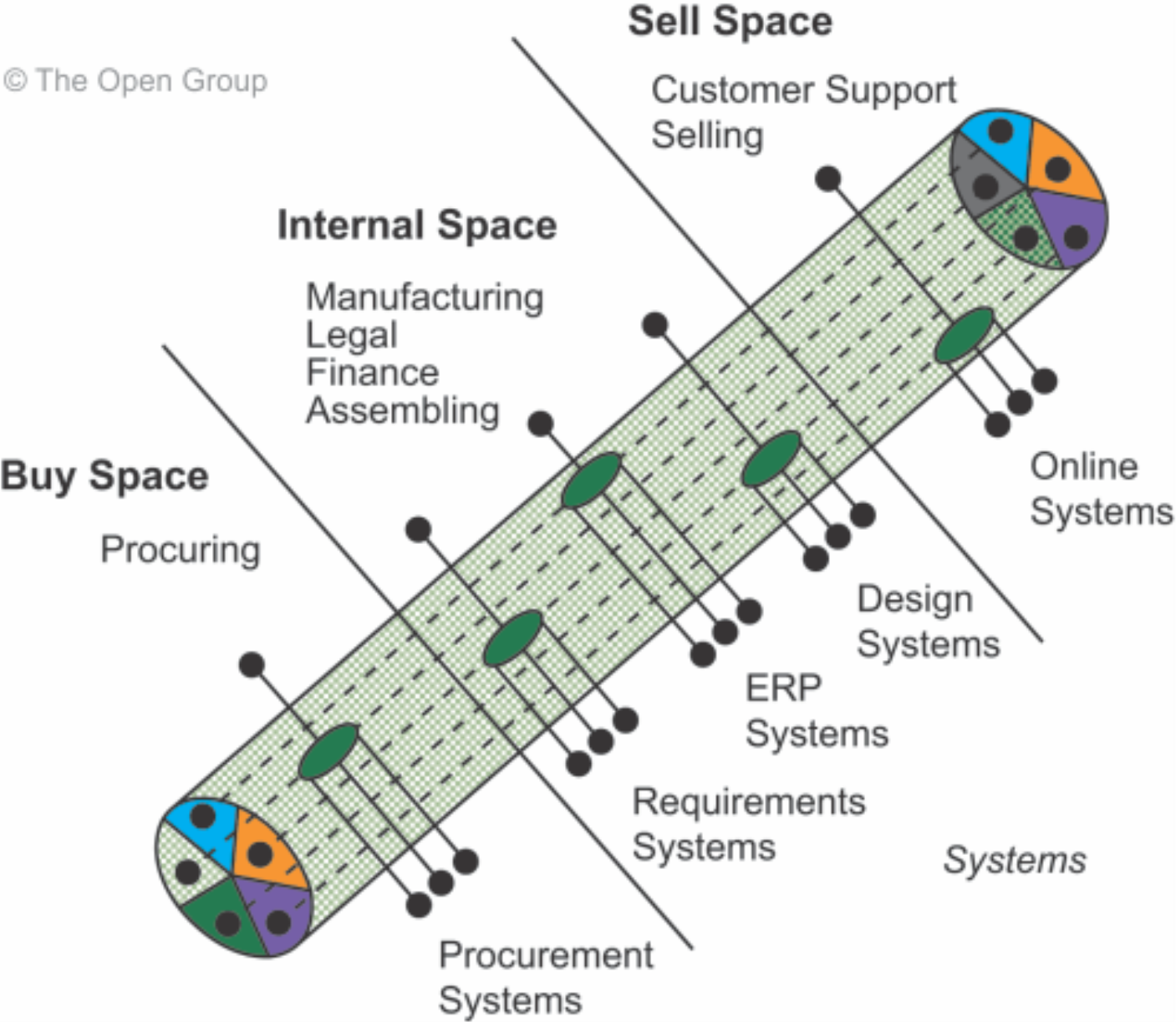
Figure 1: An Approach to Boundaryless Information Flow (Enterprise Portals)
One of the key challenges for the architect in today’s enterprise is to work out, and then communicate to senior management, how far disruptive technologies and new trends might have an impact on business and on the way the different elements of the organization’s ecosystem could be connected and interchange information (Boundaryless Information Flow).
The Open Group follow-up analysis of the Interoperable Enterprise Business Scenario has resulted in the development of an integrated information infrastructure model (the III-RM), which depicts the major components required to address the Boundaryless Information Flow problem space, and can help the architect in this task.
The III-RM thus provides insights related to customer needs for Boundaryless Information Flow in enterprise environments. The model also points to rules and standards to assist in leveraging solutions and products within the value chain.
The following chapters discuss the model in detail.
1.5 Status of the III-RM
The III-RM is documented as it stands today, and is by no means considered a finished article. However, it is a model that has been developed and approved by the members of The Open Group as a whole, in response to the Interoperable Enterprise Business Scenario, which itself was developed in response to an urgent need articulated by the customer members of The Open Group for assistance in this field.
The Business Scenario and the Reference Model thus represent a problem and a solution approach that The Open Group membership as a whole fully endorses.
It is hoped that publication of the model as part of the TOGAF Framework will encourage its widespread adoption and use, and provide a channel of communication whereby experience with use of the model can be fed back, improvement points assimilated, and the model refined and republished as necessary.
This chapter provides a high-level view of the III-RM, including derivation of the model, high-level graphic, and components.
2.1 Derivation of the III-RM from the TRM
The III-RM is a model of the major component categories for developing, managing, and operating an integrated information infrastructure. It is a model of a set of applications that sits on top of an Application Platform. This model is a subset of the TOGAF TRM, and it uses a slightly different orientation.
Consider Figure 2 where two views of the TOGAF TRM are presented. The left side is the familiar view of the TOGAF TRM; it is a side view, where we look at the model as if looking at a house from the side, revealing the contents of the “floors”. The top-down view on the right-hand side depicts what we might see if looking at a house from the “roof” down.
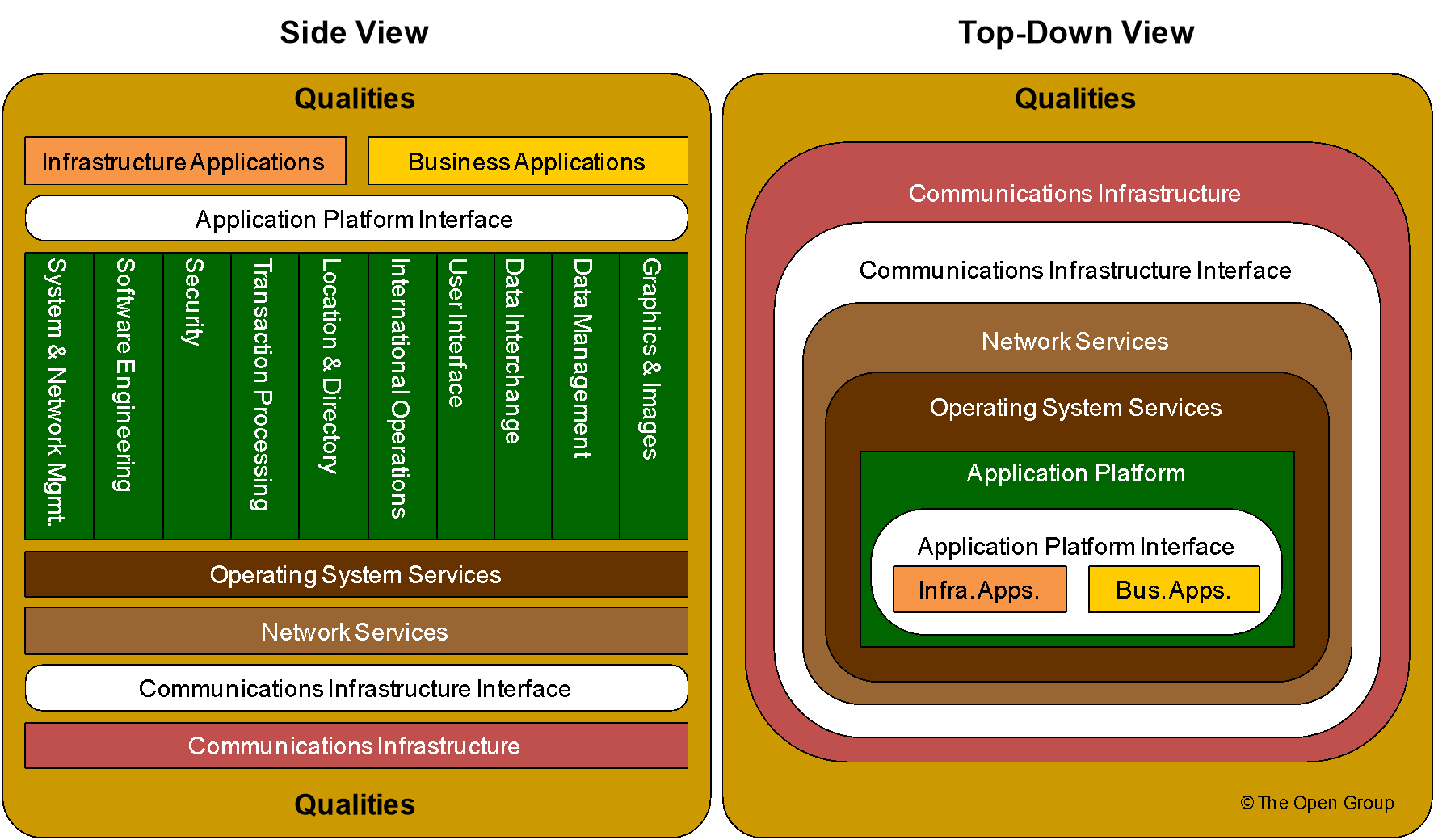
Figure 2: TOGAF TRM Orientation Views
The subset of the TRM that comprises the III-RM is depicted in Figure 3, in which those parts of the TRM not relevant to the III-RM are “grayed out”.
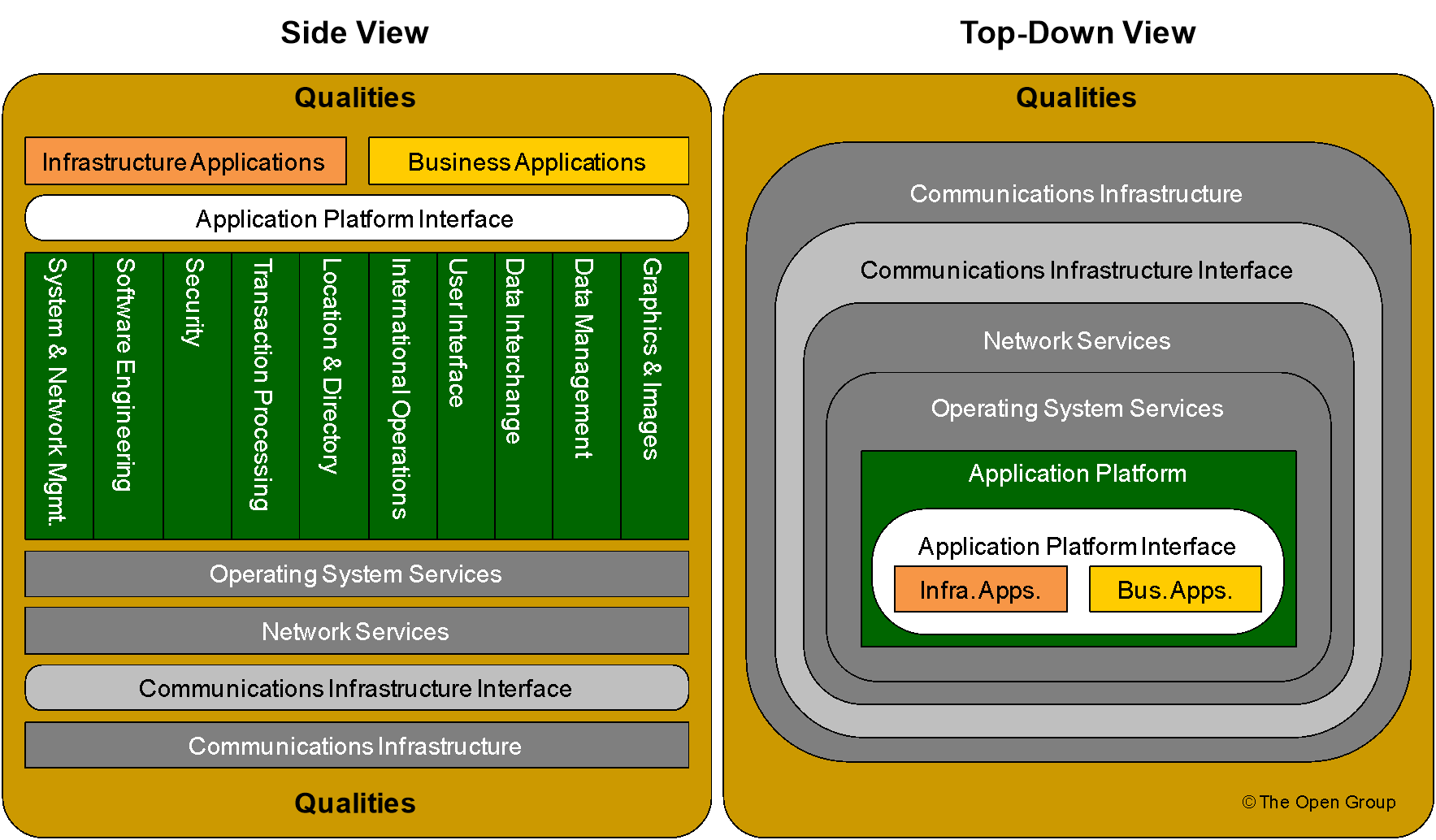
Figure 3 illustrates that the focus is on the Application Software, Application Platform, and Qualities subset of the TOGAF TRM.
2.2 High-Level III-RM Graphic
The resulting III-RM itself is depicted in Figure 4. It is fundamentally an Application Architecture reference model – a model of the application components and application services software essential for an integrated information infrastructure. (There are more Business Applications and Infrastructure Applications than these in the environment, of course, but these are the subsets relevant to the Boundaryless Information Flow problem space.)
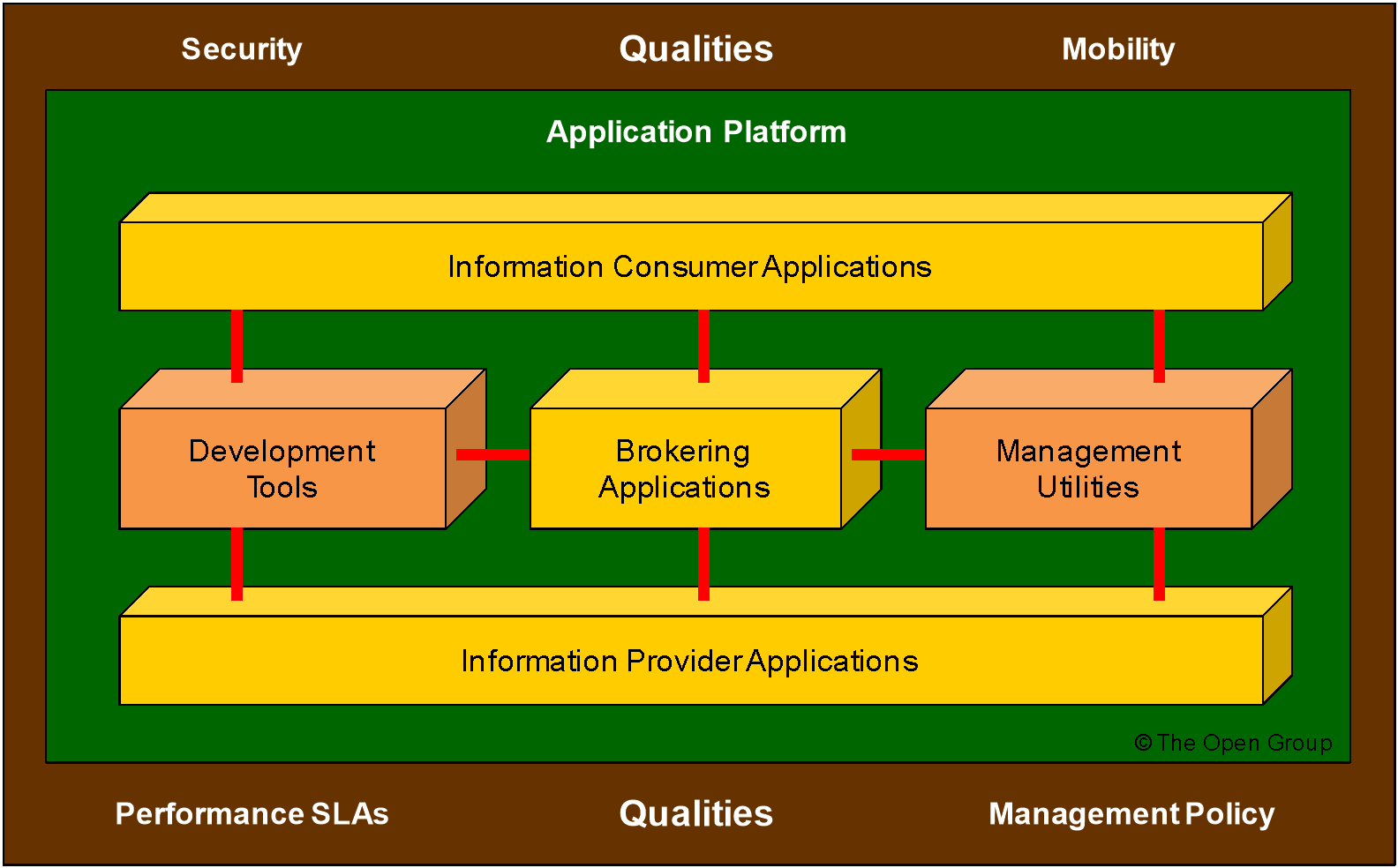
As explained previously, the model assumes the underlying existence of a computing and network platform, and does not depict them explicitly.
Although the computing and network platforms are not depicted, there may be requirements on them that must be met, in addition to requirements on the components of the III-RM, in order to fully address the Boundaryless Information Flow problem space.
2.3 Components of the High-Level III-RM
The III-RM has the following core components:
- Business Applications, denoted by the yellow boxes in the high-level model (corresponding to the “Business Applications” box in the TRM graphic)
There are three types of business application in the model:
— Brokering Applications, which manage the requests from any number of clients to and across any number of Information Provider Applications
— Information Provider Applications, which provide responses to client requests and rudimentary access to data managed by a particular server
— Information Consumer Applications, which deliver content to the user of the system, and provide services to request access to information in the system on the user’s behalf
- Infrastructure Applications, denoted by the orange boxes in the high-level model (corresponding to the “Infrastructure Applications” box in the TRM graphic)
There are two types of Infrastructure Application in the model:
— Development Tools, which provide all the necessary modeling, design, and construction capabilities to develop and deploy applications that require access to the integrated information infrastructure, in a manner consistent with the standards of the environment
— Management Utilities, which provide all the necessary utilities to understand, operate, tune, and manage the run-time system in order to meet the demands of an ever-changing business, in a manner consistent with the standards of the environment
- An Application Platform, which provides supporting services to all the above applications – in areas such as location, directory, workflow, data management, data interchange, etc. – and thereby provides the ability to locate, access, and move information within the environment
This set of services constitutes a subset of the total set of services of the TRM Application Platform, and is denoted by the dark green underlay in the high-level model (corresponding to the Application Platform in the TRM graphic).
- The Interfaces used between the components
Interfaces include formats and protocols, application programming interfaces, switches, data values, etc. Interfaces among components at the application level are colored red. Interfaces between any application-level components and their supporting services in the Application Platform are colored white (corresponding to the API box in the TRM graphic).
- The Qualities backplane, denoted by the brown underlay in the high-level model (corresponding to the Qualities backplane in the TRM graphic)
The Application Software and Application Platform must adhere to the policies and requirements depicted by the qualities backplane.
This chapter provides a detailed taxonomy of the III-RM, including detailed graphic, platform service categories, and external environment sub-entities.
3.1 Detailed III-RM Graphic
The detailed III-RM is depicted in Figure 5.
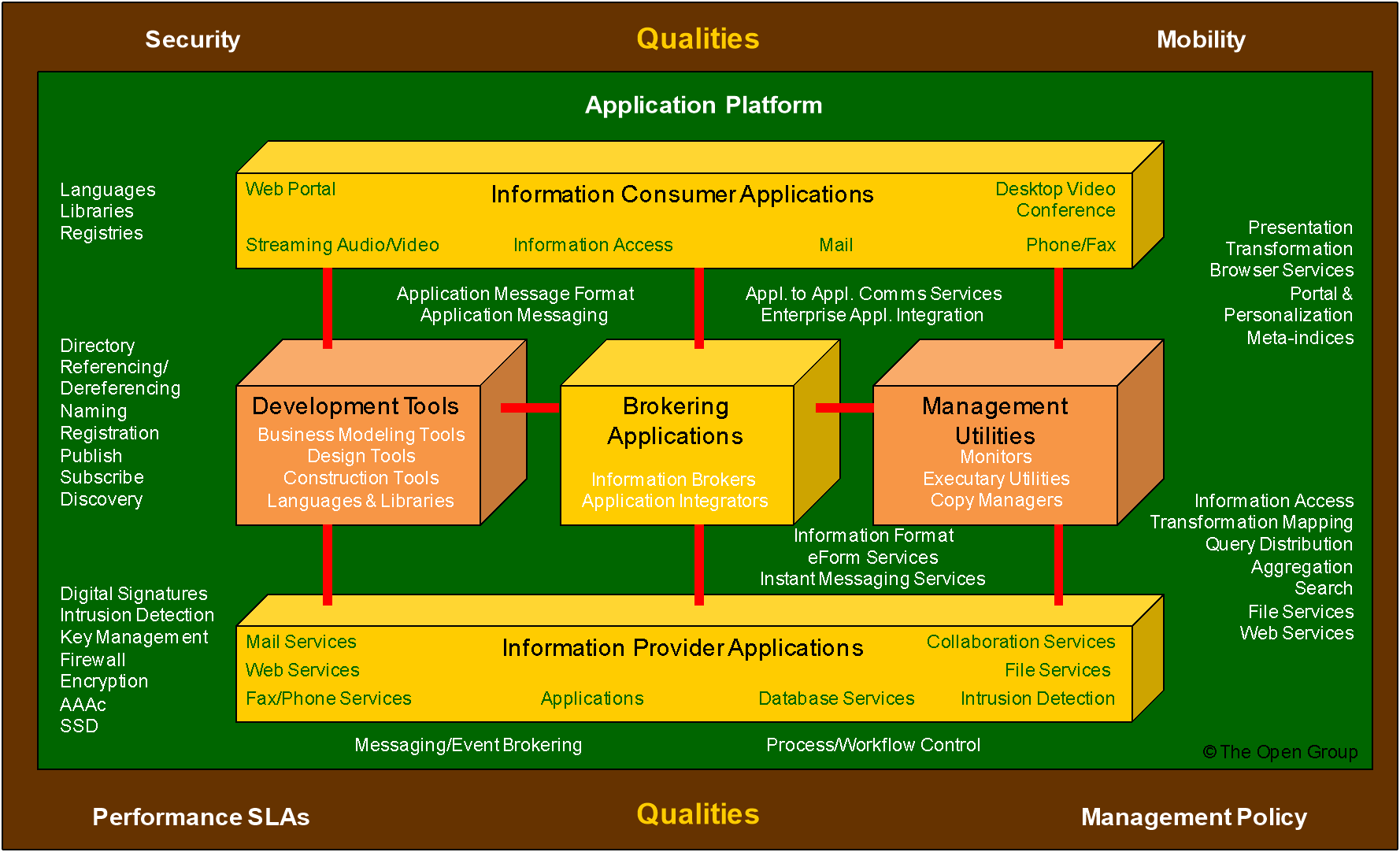
The remaining sections expand on the taxonomy/component detail shown in Figure 5.
3.2 Business Applications
There are three types of Business Applications in the model:
- Brokering Applications, which manage the requests from any number of clients to and across any number of service providers
- Information Provider Applications, which provide responses to client requests and rudimentary access to data managed by a particular server
- Information Consumer Applications, which deliver content to the user of the system, and provide services to request access to information in the system on the user’s behalf
The overall set of Brokering, Information Provider, and Information Consumer Applications collectively creates an environment that provides a rich set of end-user services for transparently accessing heterogeneous systems, databases, and file systems.
3.2.1 Brokering Applications
Brokering Applications serve up single requests that require access to multiple information sources. A Brokering Application breaks down such a request, distributes the request to multiple information sources, collects the responses, and sends a single response back to the requesting client.
Brokering Applications access Information Provider Applications using the open interfaces provided by the Information Provider Applications (as described above); they integrate information from multiple Information Provider Applications and pass the integrated information to Information Consumer Applications using open interfaces.
Brokering Applications also enable access to information within the enterprise by strategic partners.
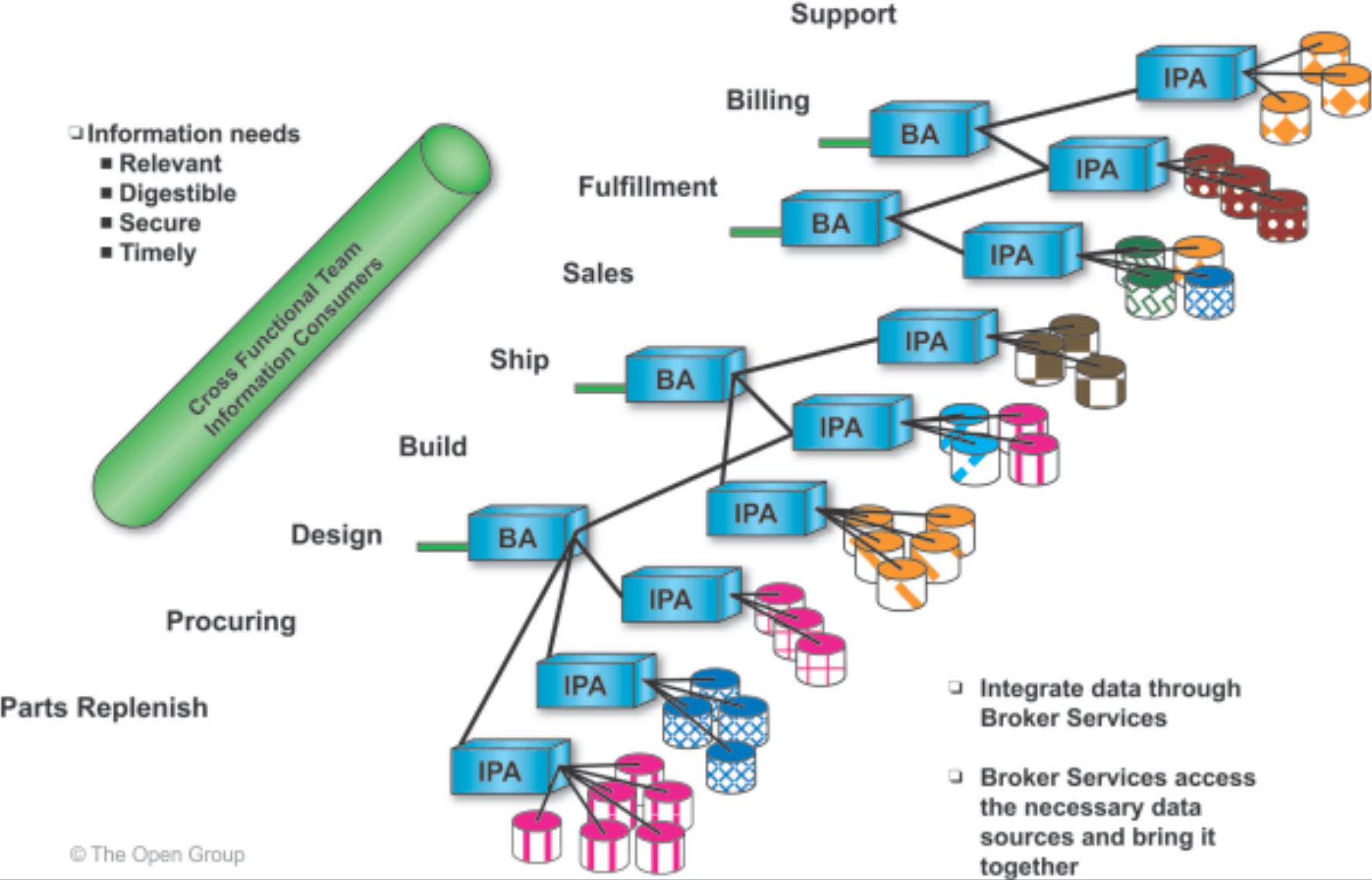
Figure 6: Brokering Applications Integrate Information from Information Provider Applications
3.2.2 Information Provider Applications
To the extent that information today can be regarded as being “held hostage”, as depicted in Figure 7, Information Provider Applications are those applications that “liberate” data from their silos.
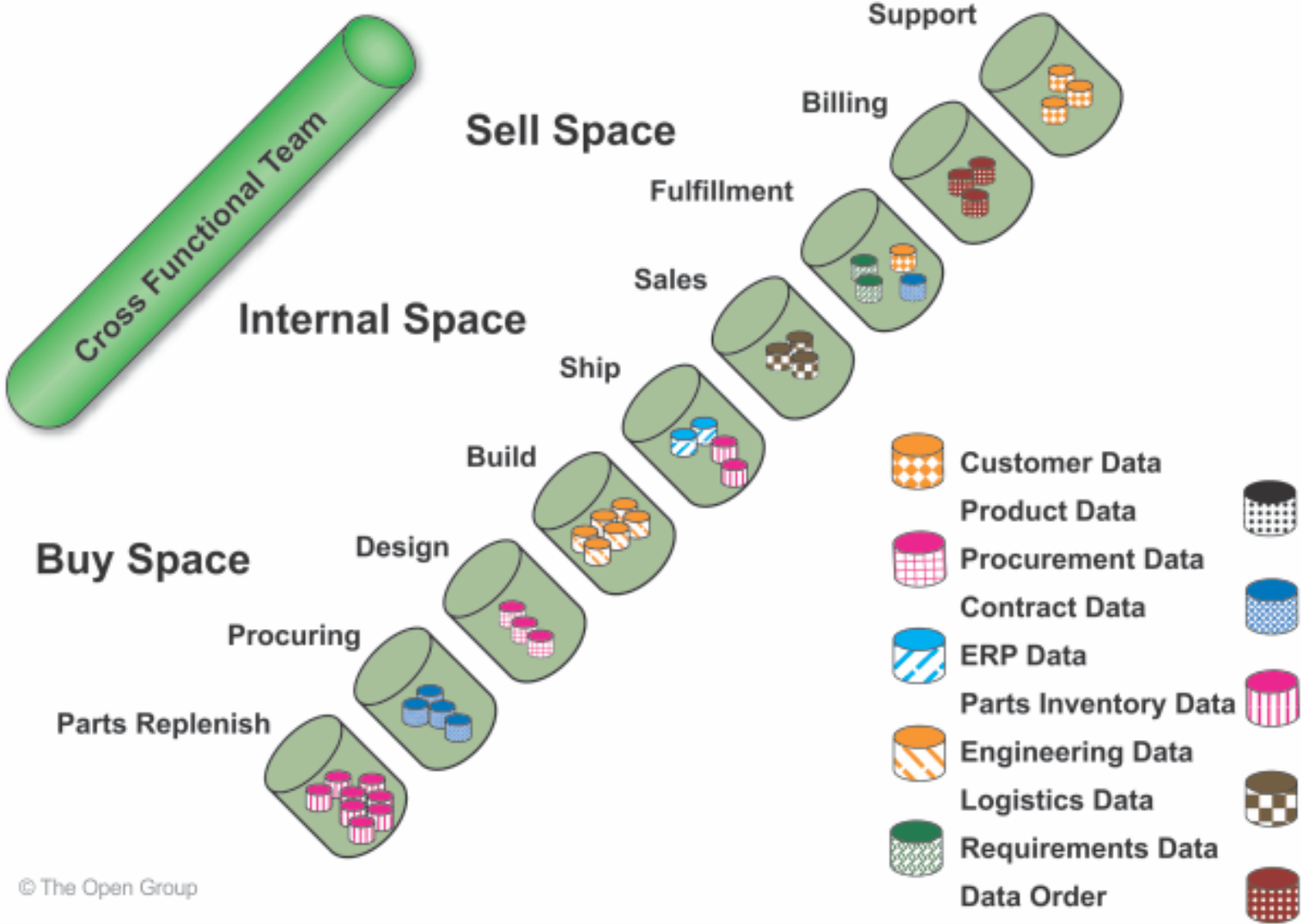
Figure 7: Liberate Data Silos to Meet Information Needs of Cross-Functional Enterprise Teams
Information Provider Applications achieve this by providing an open interface to a potentially proprietary silo interface, as illustrated in Figure 8, where the interfaces on the left of the Information Provider Applications are open interfaces and the interfaces between the Information Provider Applications and silo data are proprietary interfaces.
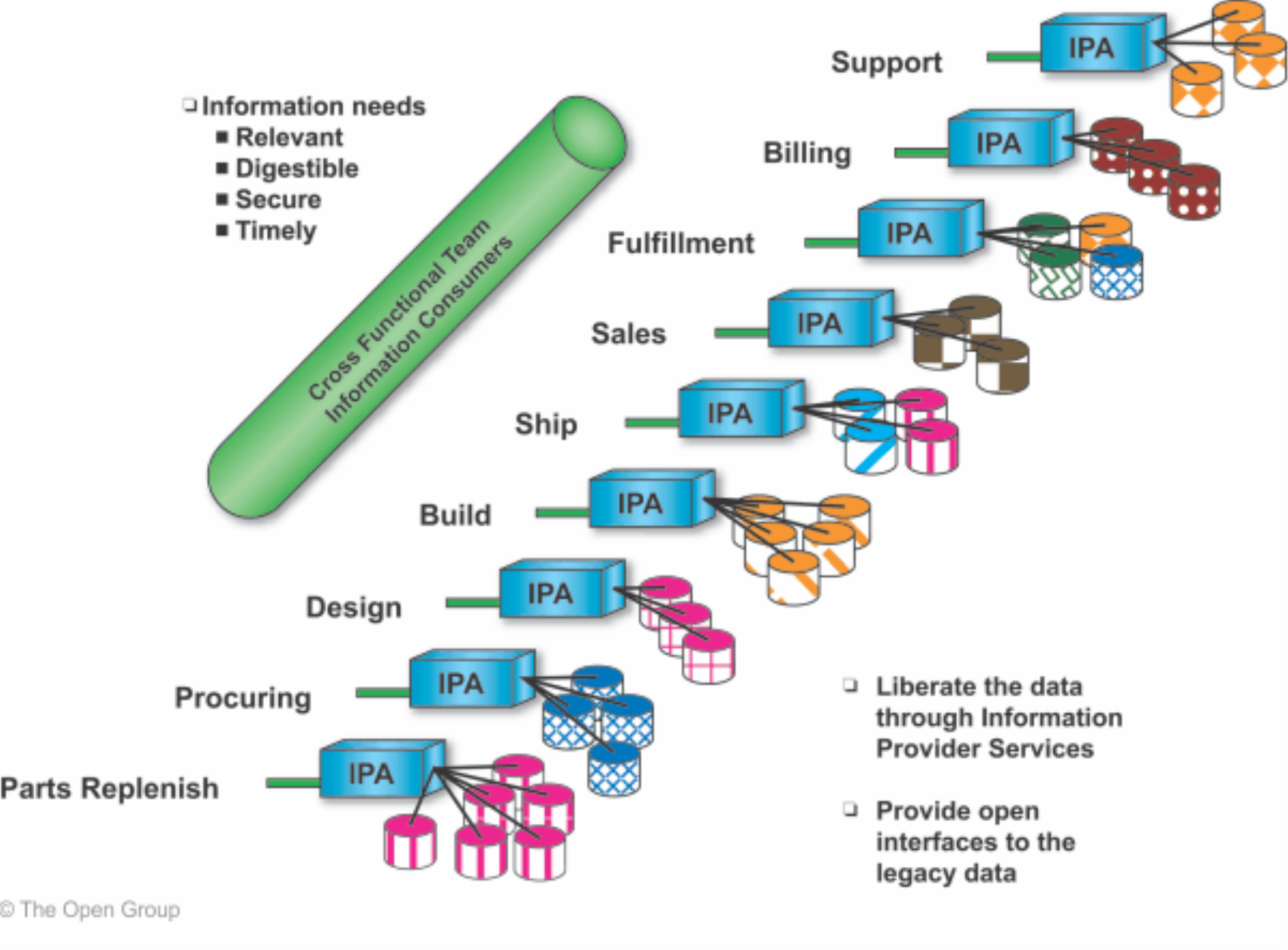
Figure 8: Information Provider Applications Liberate Data by Providing Open Interfaces to Data Silos
3.2.3 Information Consumer Applications
Information Consumer Applications provide information to end users in the form in which they need it, when they need it, and in a secured manner. This includes providing the information in text, video, audio, English, German, etc.
Information Consumer Applications communicate with Brokering Applications or Information Provider Applications using the open interfaces that the Brokering and Information Provider Applications provide. Security is provided through the firewalls and/or security services.
Figure 9 depicts the Information Consumer Applications with the security services depicted as the brick pattern.
Figure 9: Information Consumer Applications Communicate using Open Interfaces
3.3 Infrastructure Applications
There are two types of Infrastructure Applications in the model:
- Development Tools, which provide all the necessary modeling, design, and construction capabilities to develop and deploy applications that require access to the integrated information infrastructure, in a manner consistent with the standards of the environment
- Management Utilities, which provide all the necessary utilities to understand, operate, tune, and manage the run-time system in order to meet the demands of an ever-changing business, in a manner consistent with the standards of the environment
3.3.1 Development Tools
The Development Tools component of the model comprises applications that take the form of tools for modeling, designing, and constructing the integrated information infrastructure. Specifically, it includes tools for business, process, and data modeling, as well as the traditional application construction tools that transform the business model into software that automates the business processes revolving around information.
Note that each set of tools will be logically connected through a directory, allowing one tool to be driven by data from another. The following sections describe the requirements for components of Development Tools. The tool set also includes a repository.
The Business Modeling Tools category covers tools for the modeling of business rules and business process rules.
Business modeling describes and documents the business in a comprehensive knowledge base. It establishes a consensus among general management of the business direction, organization, processes, information requirements, and the current environment of the business. Perhaps most importantly, this understanding is documented in a common, business-oriented format to be utilized for subsequent enhancement.
The Design Modeling Tools category covers tools for designing, defining, and documenting the most pertinent IT elements of the business based upon the business and business process rules. Examples of elements to be designed include: connections between people, organizations, workflows, and computers; data and object models; physical data translation and translation rules; and constraints.
Implementation and Construction Tools
Implementation and Construction Tools enable timely development of re-usable processes, applications, and application services. Such tools include intelligent browsers, data manipulation language compilers and optimizers, distributed application compilers and debuggers, heterogeneous client and server development tools, policy definition tools, and workflow script generation tools.
Deployment Tools are necessary to move implemented software from the development environment into the operational environment.
The Libraries component includes re-usable libraries of software that use the standards of the operational environment.
3.3.2 Management Utilities
The Management Utilities category covers applications that take the form of utilities for operations, administration, and systems management, and for the management of data based on availability and cost requirements. Such utilities may execute in an attended or an unattended environment.
Operations, Administration, and Management (OA&M) Utilities
The OA&M Utilities component covers traditional systems management and administration utilities that manage business rules and information objects. Examples include: utilities for installation, copyright, and license management; and miscellaneous administration, configuration, and registration functions. Additionally there are utilities for the control of service billing, service triggering, and account management.
Quality of Service Manager Utilities
Quality of Service Manager Utilities include health monitoring and management utilities.
Copy Management Utilities are those that manage data movement from any given operational system to necessary distribution points in the enterprise, in order to ensure the maximum leverage of operational systems data. They also include tools that detect and flag poor quality data.
Storage Management Utilities provide least-cost data storage management. Storage Management Utilities support the wide variety of storage mechanisms and are connected to file, object, and database systems.
3.4 Application Platform
All the different types of application described above are built on top of the services provided by the Application Platform.
The Application Platform component of the III-RM comprises a subset of all the services defined in the TOGAF TRM – the subset that pertains to integrated information infrastructure. Specifically, it comprises all those services in the TRM Application Platform that allow applications to focus on understanding and processing the information required, rather than understanding the form, format, and/or location of the information.
The services of the Application Platform component can be used to support conventional applications as well as Brokering, Information Consumer, and Information Provider Applications. When used as part of an overall Application Architecture in this way, such an approach enables maximum leverage of a single operational environment that is designed to ensure effective and consistent transfer of data between processes, and to support fast and efficient development, deployment, and management of applications.
The Application Platform component comprises the following categories of service.
3.4.1 Software Engineering Services
Specific Software Engineering Services include:
- Languages
- Libraries
- Registries
3.4.2 Security Services
Specific Security Services include:
- Authentication, authorization, and access control
- Single sign-on
- Digital signature
- Firewall
- Encryption
- Intrusion detection
- Identity management
- Key management
3.4.3 Location and Directory Services
Location and Directory Services provide access facilities for name, location, description, and relationship data that describe the integrated information infrastructure.
Directory Services support the deployment and enterprise-wide availability of an integrated information infrastructure directory. The data in the directory is made available to all other components in the architecture model.
Figure 10 depicts the juxtaposition of Location and Directory Services to the other components.
Figure 10: Juxtaposition of Location and Directory Services to Other Components
- Directory
- Registration
- Publish/subscribe
- Discovery
- Naming
- Referencing/dereferencing
3.4.4 Human Interaction Services
Human Interaction Services provide the means to consistently present data to the end user in the appropriate format. They comprise services that assist in the formulation of customer data requests and enable visualization and presentation of the data accessed.
Specific services include:
- Presentation
- Transformation
- Browser
- Meta indices
- Portal and personalization
3.4.5 Data Interchange Services
Specific Data Interchange Services include:
- Information format
- eForm
- Instant messaging
- Application messaging
- Application-to-application communications
- Enterprise application integration
3.4.6 Data Management Services
Specific Data Management Services include:
- Information and data access
- Transformation mapping
- Query distribution
- Aggregation
- Search
- File
Information access services provide the ability for an application to access an integrated view of data, regardless of whether the data exists in a mainframe system or in a distributed system. The information access services ensure that data integrity is maintained among multiple databases, and also provide online data cleansing (whereby data is checked against data rules for each access).
Data access services provide open interfaces to legacy data, provide new applications for standard database access services to vast amounts of existing data, and provide standard access services to new data types.
3.4.7 Additional Operating System Services
Specific additional Operating System Services include:
- Event brokering
- Workflow
These additional services enable the flow of information, as depicted in Figure 11.
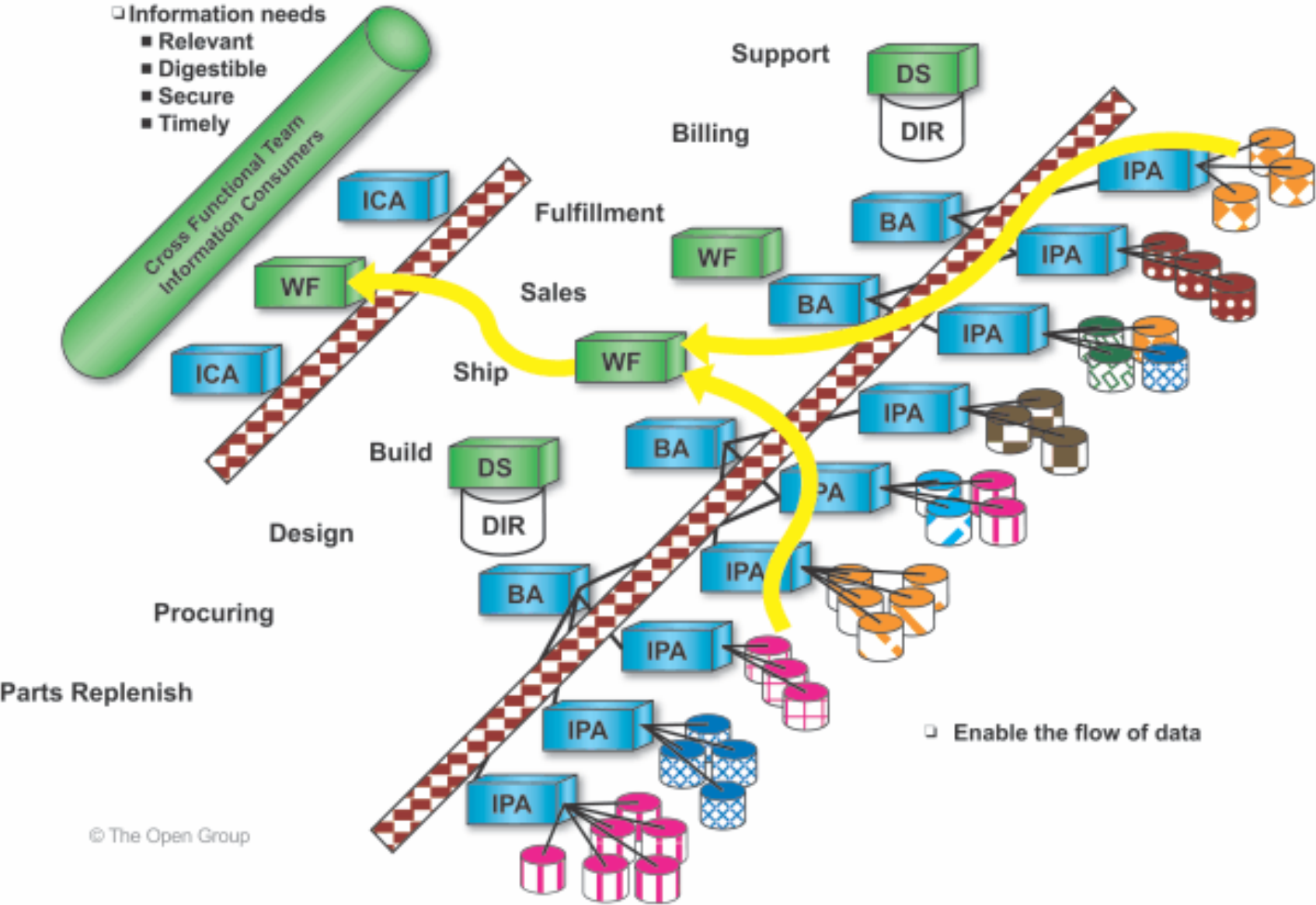
Figure 11: Workflow Services Enable Information Flow
Workflow denotes the concept of automating processes by facilitating user interactions and executing applications according to a process map. Workflow services enable integration of enterprise applications, resulting in applications of extended value.
Workflow services also address the needs of managing an environment where legacy systems are prevalent.
Workflow services also provide a means to encapsulate existing applications, thereby supporting customer needs to leverage existing assets.
3.5 Qualities
The Qualities component of the model is supported by quality of service services, including the various services required to maintain the quality of the system as specified in Service Level Agreements (SLAs).
Included in this are the services to post conditions to, and react to requests from, the Quality of Service Manager.
Footnotes
[1] Interoperable Enterprise, Business Scenario (K022), October 2002, published by The Open Group (see Referenced Documents).
[2] The TOGAF® Technical Reference Model (TRM), TOGAF Series Guide (G175), September 2017, published by The Open Group (see Referenced Documents).

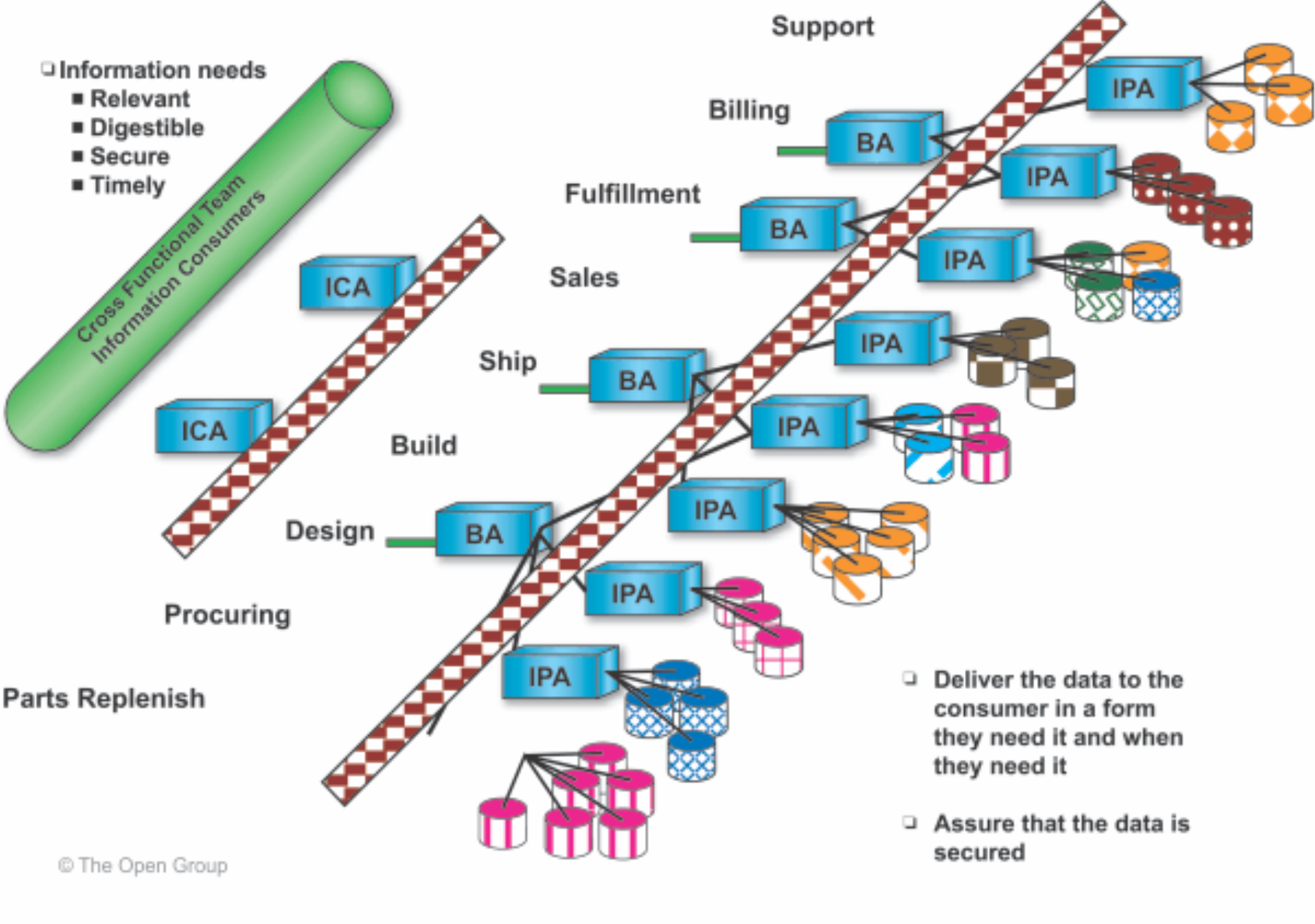
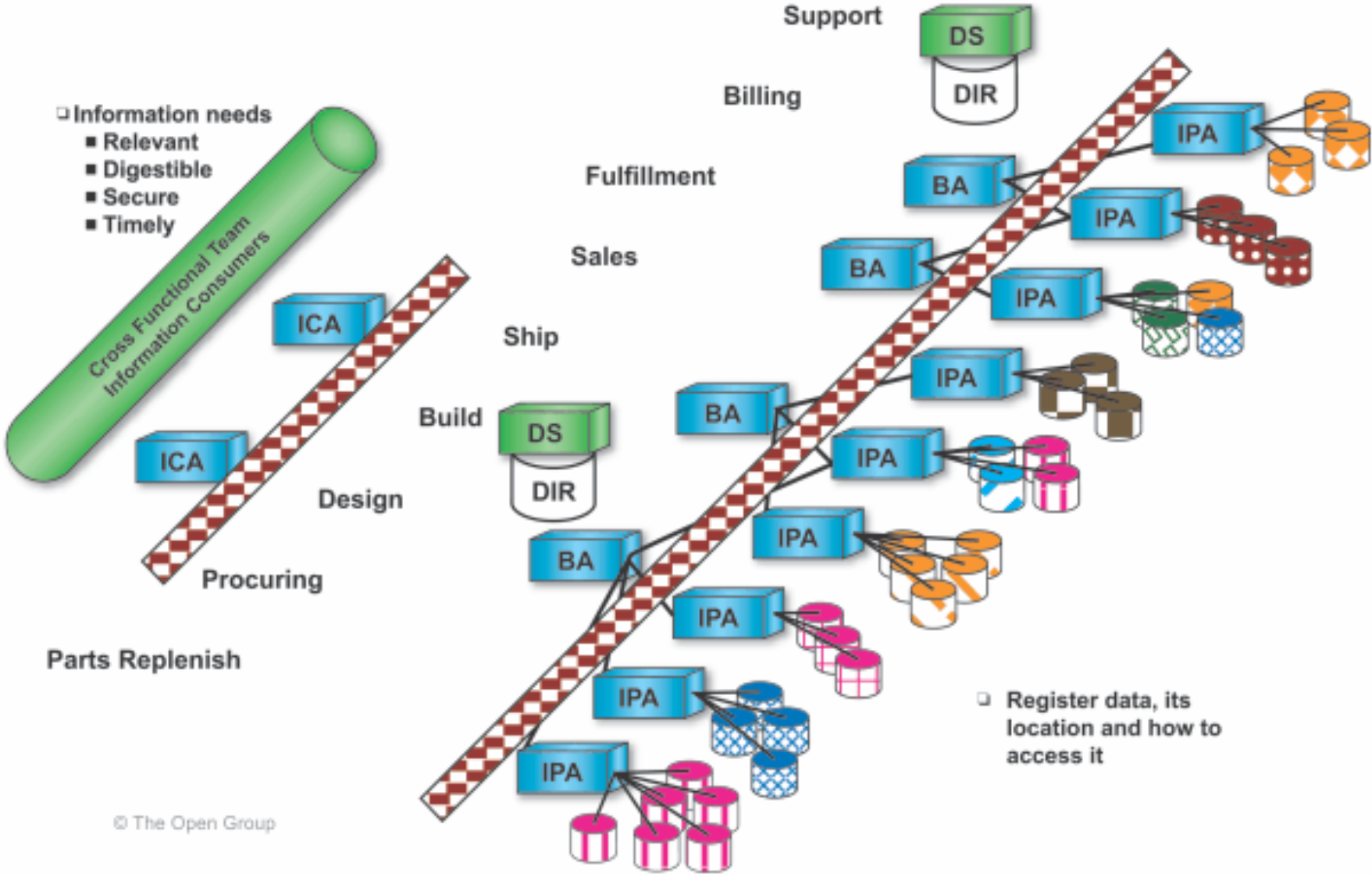
 return to top of page
return to top of page